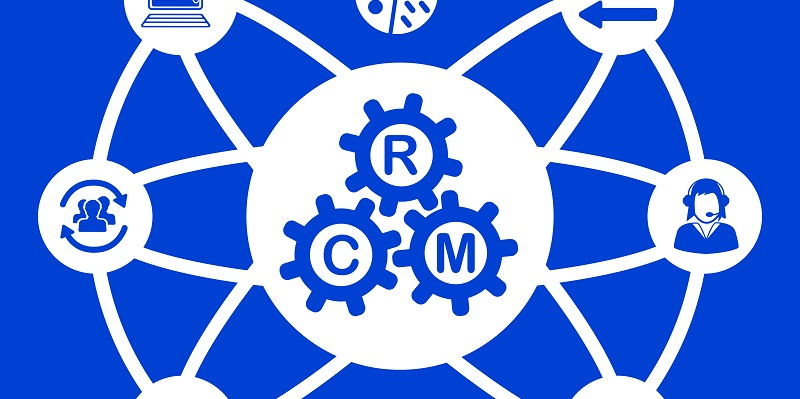Implementing a CRM system can revolutionize how your business manages customer relationships and grows. However, a successful CRM journey requires careful planning, clear objectives, thorough assessment, executive support, a dedicated team, and attention to detail. In this comprehensive guide, we will explore each of these aspects to ensure a seamless and productive CRM implementation.
Setting Objectives for CRM Implementation
At the outset, it is essential to pinpoint what you wish to accomplish with your CRM system. Setting objectives goes beyond just having a long-term vision – it involves defining specific goals. Determine what specific improvements you want to achieve, such as increased customer retention, streamlined communication, or enhanced sales tracking. By setting clear and measurable objectives, you provide a roadmap for a successful CRM implementation.
Assessing Requirements for CRM Implementation
To effectively implement a CRM system, it is crucial to conduct a thorough assessment of your business’s requirements. Take the time to evaluate your current processes and identify pain points and areas for improvement. By conducting a comprehensive assessment, you can cut through the noise and identify the key needs that your CRM solution should address. This will enable you to select a CRM system that aligns with your business goals and maximizes the return on investment.
Considering Hidden Costs in CRM Investment
Implementing a CRM system is a significant investment, both in terms of financial resources and time. It is important to recognize the hidden costs associated with CRM implementation. Beyond the initial purchase and implementation costs, consider ongoing maintenance, user training, and potential integration expenses. By being aware of these hidden costs upfront, you can plan your budget effectively and make informed decisions for a successful CRM investment.
Gaining Executive Support for CRM Implementation
Without the backing of top-tier executives, even the best-laid CRM plans can hit roadblocks. It is essential to make higher-ups see the golden light of CRM benefits and align the implementation with their strategic vision. By presenting clear evidence of how CRM can drive revenue growth, improve customer satisfaction, and enhance operational efficiency, you can win executive support for this transformational change. Having ROI figures at your fingertips can further strengthen your case.
Building a Dedicated Team for Successful CRM Implementation
A dedicated team, comprising individuals who are familiar with your business’s pulse, can be the linchpin for a successful CRM assimilation. Select key stakeholders from various departments who understand your organization’s unique processes and challenges. Empower this team with the necessary training and resources to drive the CRM implementation forward. Their insights and expertise will ensure that the CRM system is tailored to meet your business’s specific needs and facilitate a smooth transition for all stakeholders.
Delving Into the Details of CRM Implementation
With the big picture in place, it is now time to delve into the details of CRM implementation. Consider all aspects, from data migration and customization to integration with existing systems and workflows. Document every nuance, ensuring that you capture key decisions, configurations, and workflows. This meticulous documentation not only sets a clear protocol but also helps identify and iron out potential issues along the way.
Implementing a CRM system requires careful planning, objective setting, thorough assessment, executive support, a dedicated team, and attention to detail. By following this comprehensive guide, you can ensure a seamless CRM journey that not only improves your business’s productivity but also creates effortless customer relationship management. Remember, CRM implementation is a significant investment, so make every step count and reap the rewards of a successful CRM transformation.

